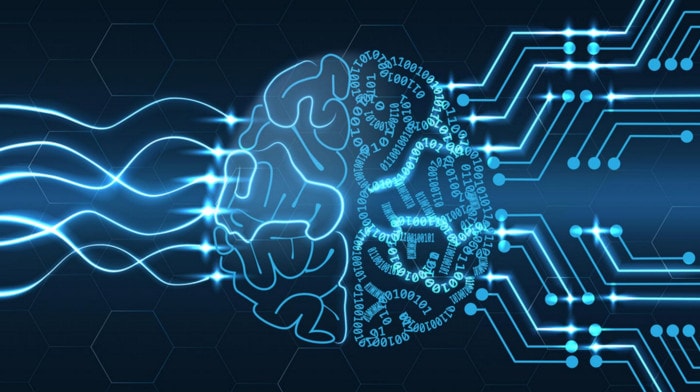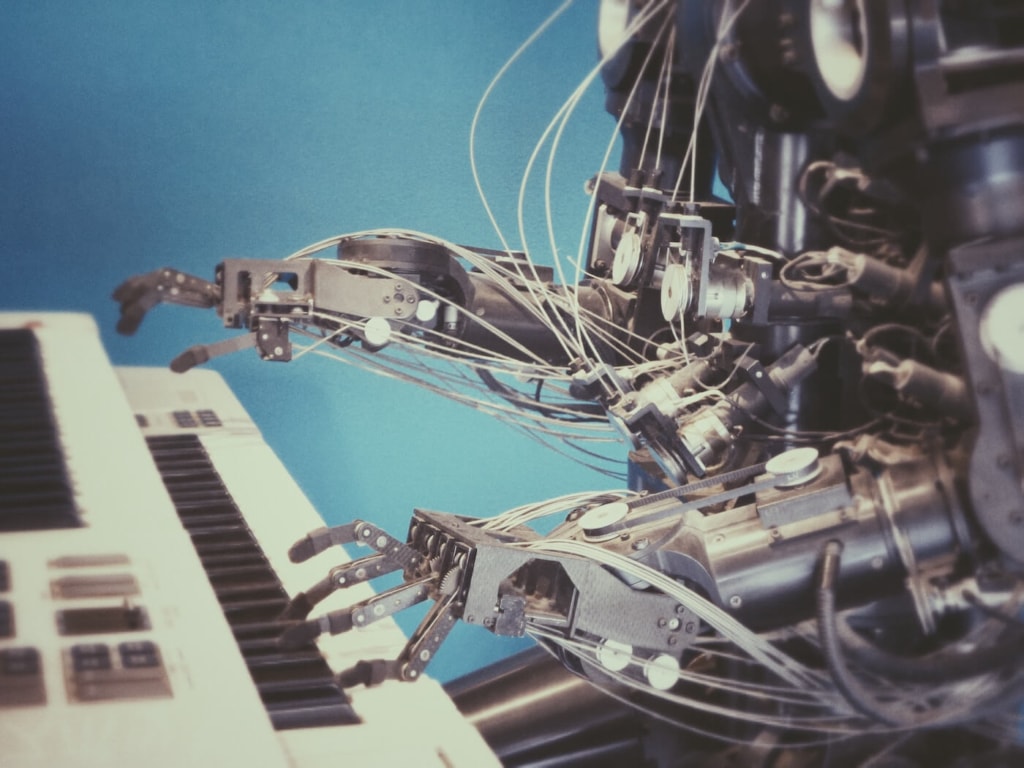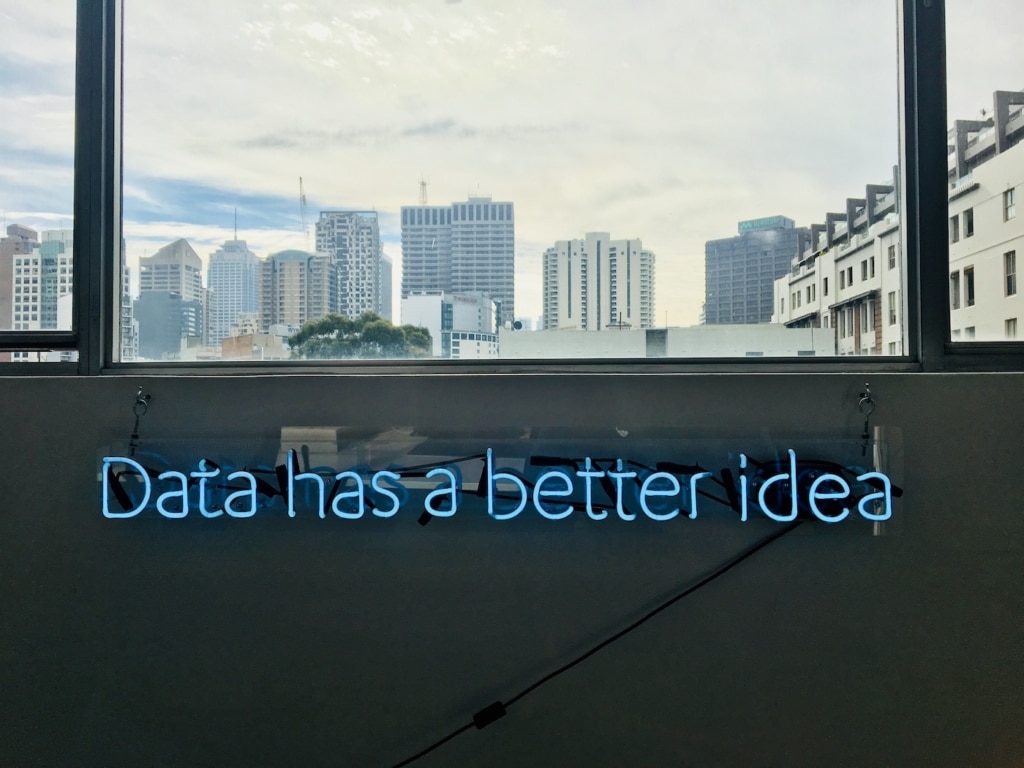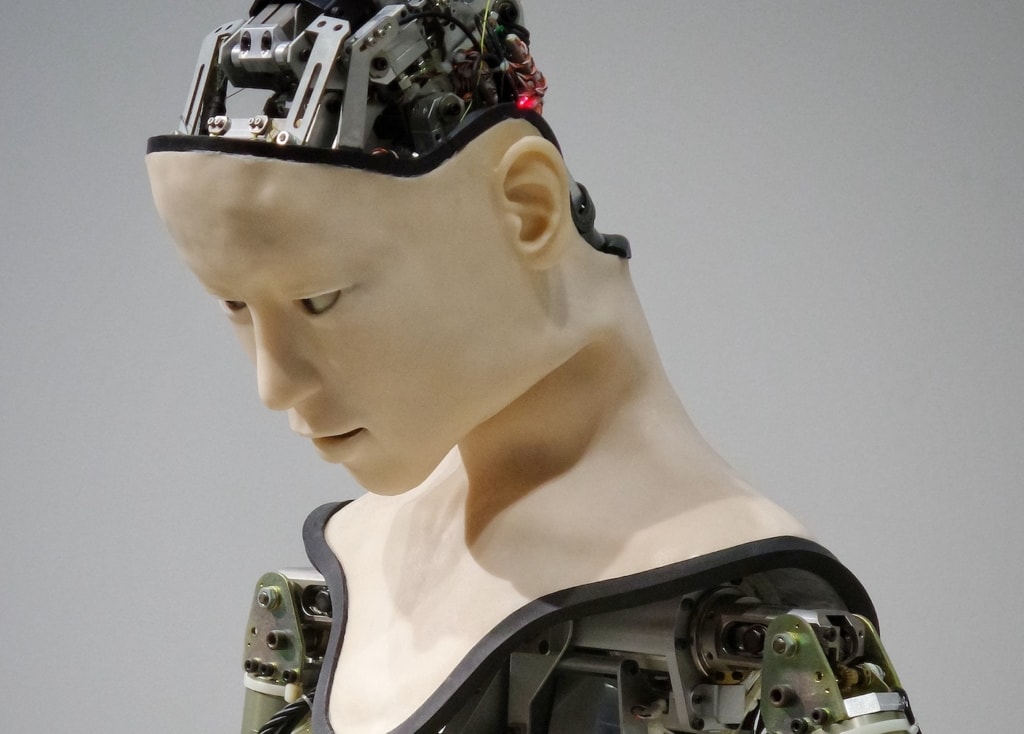Stella Lincoln
Category: User Experience, User Interface
Artificial intelligence is no longer a taboo in the digital world. Artificial Intelligence has proven to have spectacular benefits in every field of business and technology. It has changed the way we used to work in data analytics, customer services, sales, marketing, quality assurance, and much more. It is also inclined to achieve success by solving the problems of UX/UI design.

Every company struggles to look for effortless ways and upgrading UX/UI design trends to get to the top of the line; however, conventional methods are far behind to be used in this highly competitive market. Therefore, UX/UI designs are getting more and more applications to achieve user-friendly experiences. Artificial Intelligence is a useful tool to bring customers a better user experience, which is required to promote a product or service and generate revenue for the company. This seeks to customize user’s experience positively by using available data productively.
AI Impacting the UX/UI
Artificial Intelligence has played an essential role in designing an impactful UX/UI. Google Translator is a perfect example to prove its worth. Moreover, this technology is a breakthrough of language barriers as it gives us precisely accurate results.

This has been possible by combining the power of technology and intelligence. People with different languages across the globe are now closer because Google translator enables them to communicate without barriers by directly feeding into the ears.
Let’s see some useful ways how AI is solving UX/UI design issues:
1. Intelligence Algorithm Optimization
Artificial Intelligence algorithms can simplify the complexity of the UX process by utilizing the data to cater to user’s behaviors. It helps to customize the designs that ultimately provide better-personalized user experiences.
2. Quantitative Usability Testing
Massive amount of data that includes session time, application origin, screen recording time, drop rates, visitor numbers, access location, and device used can be cached on by a group of users. Thanks to AI, it’s more comfortable to analyze that error-free.
3. Accessibility of Right Tools
AI enables you to create design variations for a quick response. This utilizes the data of user behavior to combine with marketing psychology and technology to approach the user with a better experience. Sound knowledge of AI along with UX/UI makes it easy to predict the customer response.
4. Persuasive Testing
A/B testing is the best method to consider persuasive testing instead of one-sided testing approach. It is a binary strategy that doesn’t collapse data with human-made reasoning.
5. Information Architecture
Information architecture incorporation is a critical component to generate a relationship between user and software by identifying working trends. It helps businesses to focus on the user needs instead of product specifications that lead them to get possible results by allowing UX/UI to navigate information through massive data.
6. Data Analysis
AI can be used to tailor information designs according to the needs of the user. Based on the collected data analysis and user’s specifications, AI helps to track down user behavior to improve the decision making of a customer’s journey to make a purchase. Hence, by in-depth analysis and thorough learning, these systems can adjust responses in real time.
7. Build Emotional Connection
Artificial Intelligence systems are ideal for building a more profound emotional human connection. “SIRI” and “ALEXA” are the perfect examples for that. Their usefulness has proven their worth over time. People trust them to do a number of tasks. By this, customers end up establishing an inter-dependent relationship with them.
“It’s better to have Artificial Intelligence than no Intelligence.” says Drake Evans, front-end department head at Academist Help.
That is the magic of AI, and it is designed to collect data, learn from the data, make it useful, and give better results for a fantastic user experience. The cycle continues until you are deeply connected with it as an essential part of your daily life.
8. User Control
By the adoption of technology into our daily lives, users are scared about losing control over them. A common concern for AI adoption is whether robots may take over the world. The lack of power is a question that exists somewhere in the future; however, AI is still of great importance when it comes to enhancing user experience in many industries. It is expected that with further development of AI, the users will gain more control over systems that will gradually improve their trust and will lead them to use AI technology more often.
AI is the new UX/UI
Let’s talk about how does a machine helps to create a smarter UX/UI design?
UX/UI designs are paving their way into a world where AI is much better connected than ever before. Designers have already started to take AI seriously to create apps that give immense user experiences. This is why; AI has become an essential trend in mobile application development. AI also helps to get user insight on design elements, increasing the designer’s efficiency and productivity to do better.

Airbnb has launched the perfect example of AI-driven UX/UI app. The app identifies design sketches and converts them to coding in real-time. This gives designers a quick timeline for strategic elements of the product’s purchase decision making. Conventional methods were taking a lot more time to do so.
Casting AI for better UX/UI
Artificial Intelligence systems can analyze massive data in less time while learning to adjust their responses according to the user’s behavior in real-time. AI systems interfere with information with provided data on the company’s policy, rules, expected queries, metadata, demographics, and other relevant necessities.
Designers continuously refine queries that users are predicted to ask the system while changing the way it analyzes information to build the perfect system for unforgettable user experience.
Moreover, designers also teach the system to take your questions and filter the installed data to throw you up the best possible answer. Every time a user feeds it with a new problem, AI enables the system to condition it by itself to enhance the chances of delivering the error-free user experience. Hence, AI systems are designed for self-learning; they can analyze your behaviors based upon your searches and trends, and then generate relevant and useful findings.
Artificial Intelligence also refines the quality of your search results by coming up with better search terms, recommending sites, defining referrals, and predicting your next move. Hence, brings authentic content on the list. Furthermore, AI learns from your visitors, thus, gives you a direction to create guidelines on what your user needs instead of recommending them what you have to offer.
As mentioned above, information architecture with AI helps you to analyze every kind of external and internal data to make your content management system efficient to build information structure and navigate your end users.

Linda Holdback, expert advisor from Australian Masters: “User experience is not just about data insights; it’s more about intelligence because AI connects you with the user by diffusing divergent sources of information into intelligence.”
Artificial Intelligence technologies are gaining gradual momenta like chatbots, VR, robots, machine learning, AR, and other systems are gaining momentum; still the growth seems to be progressive. When AI merges with UX/UI, it gives the perfect icon for the future in technology.
Final Words
Merging AI with UX/UI is all about communicating technology to the user. So the designer has to demonstrate the user how the technology works to give benefits to them. Also, teaching them to use it smartly to get the most of it.
Previously, there were many restrictions that the designers have to follow to make the user understand the edge of how Artificial Intelligence works. However, now the ground is all ready to play free.
Today’s designer knows how to create an app that is independent of rules but still dependent on the complexity of data analysis. Instead of following the rules, they are correctly set to follow the real-time modification of behaviors accordingly. To be able to design such an extent of technology, designers must understand the fantastic technology behind it.
Undoubtedly, AI defined systems have all the capabilities of a human; still, the issues encountered may not be handled alone to satisfy the user. Artificial Intelligence helps to automatize the tasks to help designers to focus more on strategic decisions than to waste time on a repetitive charge. This makes human-made intelligence technology to create a superior personalized user experience.







